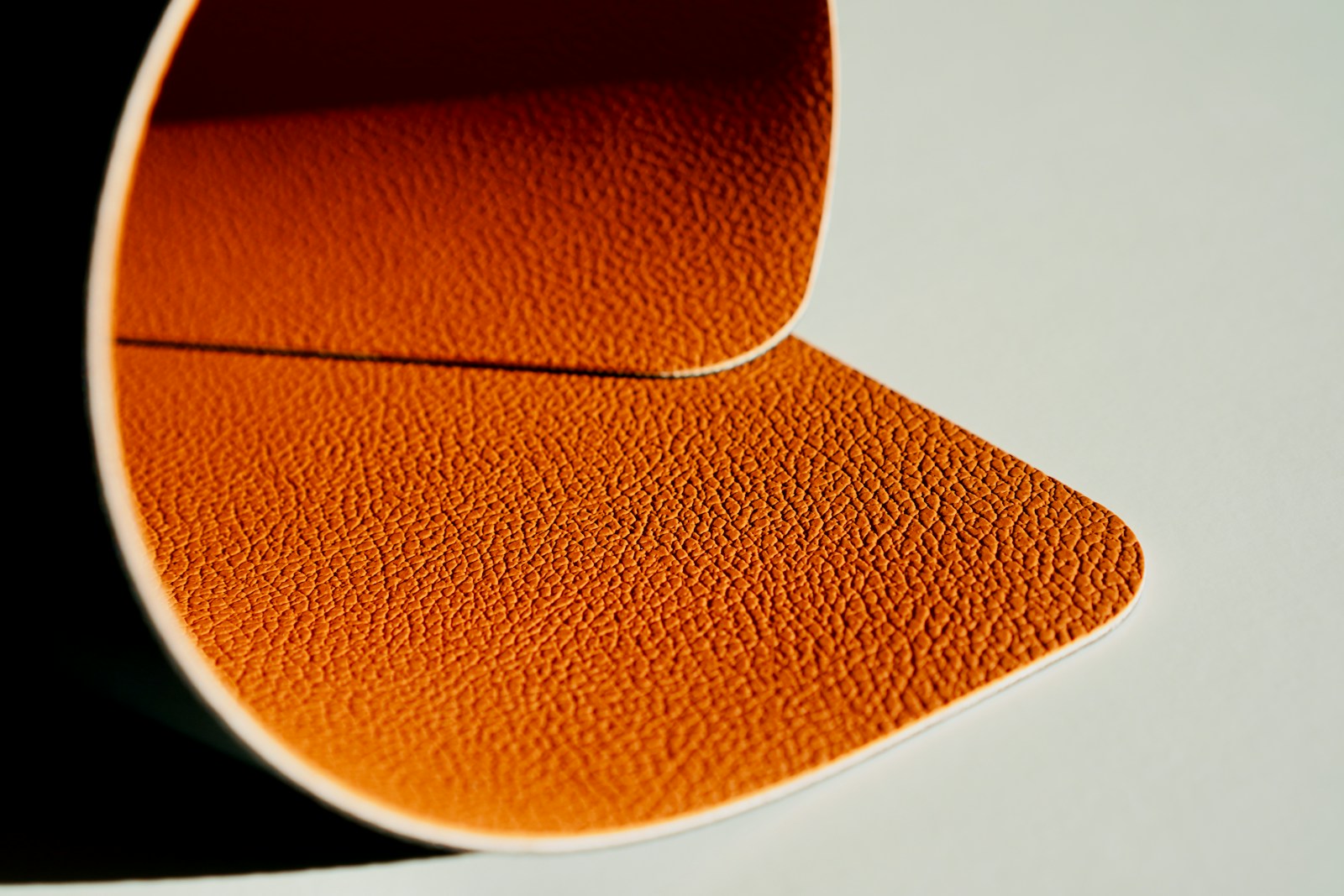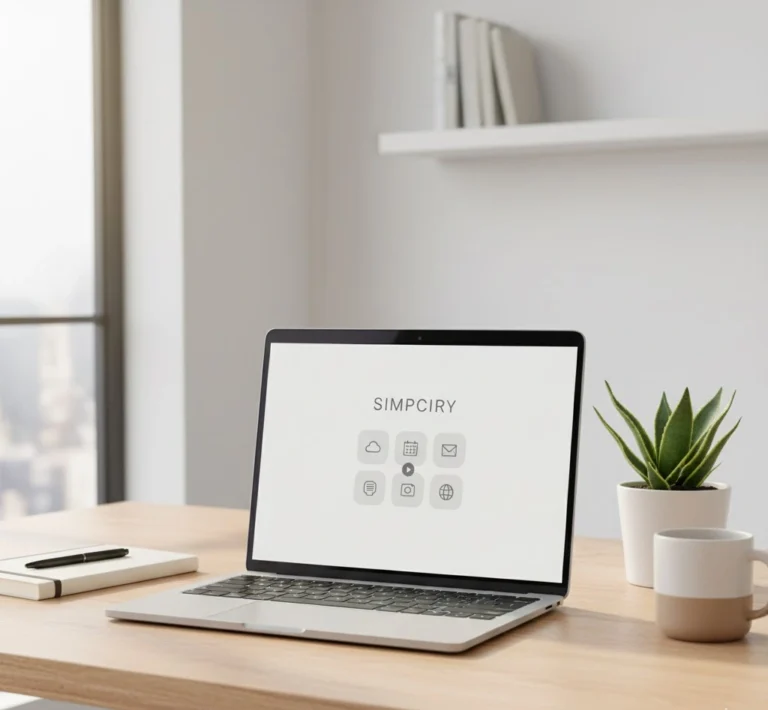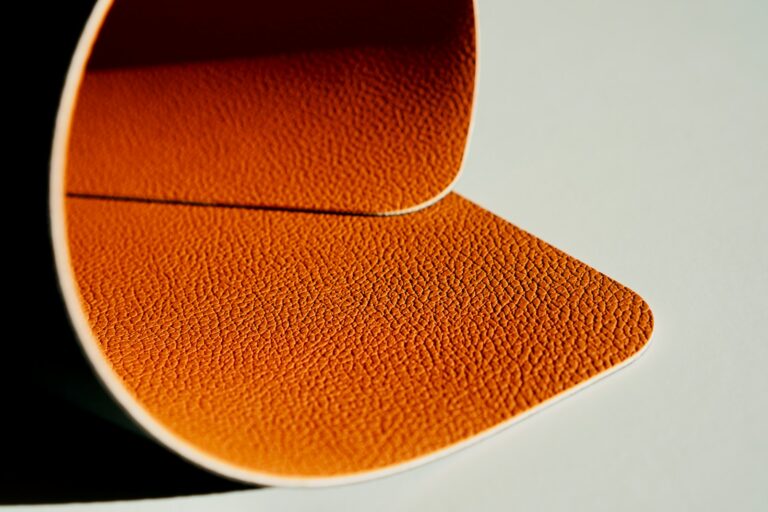
The first time I stepped into my neighborhood craft shop three years back, the huge display of cutting mats and supplies totally confused me. The sales person was constantly using the word “Zuschneidfelle” and I gave a nod, pretending I perfectly understood her. Just to give you a hint: I didn’t. I mistakenly bought the wrong stuff for my leathercrafting job and threw $45 down the drain for the sake of a valuable lesson learned.
This annoying incident gave birth to my profound inquiry into the subject of Zuschneidfelle—what they are, which materials are best to use together and how to select the right one for your distinct requirements. By no means do I think you’ll be put off if you’re a complete novice; on the contrary, even if you are an expert that just wants to upgrade the tools, I’m going to reveal everything I wish someone had explained to me at that time.
What is Zuschneidfelle?
Zuschneidfelle are cutting surfaces that are dedicated to cutting the materials with high precision while at the same time protecting the working area. Just consider them to be the silent allies of every such space.
The creation of cutting mats is a story that goes back to European leatherworking traditions, where durability was a must for the surfaces that were used to make crafts, as these would last for quite some time, even after the cutting of knives was done. Nowadays, Zuschneidfelle have turned into impassable tools for cutting fabric and even paper, doing crafts, quilting, and model making.
What’s more, the quality of Zuschneidfelle is its versatility. The mats provide grid lines for precise measurements, self-healing in some materials, and the longevity that is not less than the disposable ones. I have been using the same wool felt Zuschneidfelle for two years; it was strong enough to handle hundreds of projects and is still in good condition.
Types of Zuschneidfelle Materials
Synthetic Fiber Zuschneidfelle
Synthetic fiber cutting mats are the workhorses of the crafting world. Made from durable polymers, these mats feature self-healing properties that close up after each cut.
Best for: Rotary cutting, fabric work, quilting, and general crafting projects
I tested a synthetic mat for my quilting projects last spring, and I was genuinely impressed. After making precise cuts for a 72-piece quilt, the surface looked barely used. The grid lines stayed visible, and the material maintained its flat shape even after storage.
Price range: $15-$40 depending on size
Durability: Excellent—typically lasts 3-5 years with regular use
The main advantage? These mats handle moisture better than natural materials and resist warping in humid environments.
Wool Felt Zuschneidfelle
Wool felt has a soft surface to cut on with the properties of natural cushioning. This particular material gives a different feel to the fingers which is a preference of the majority of the conventional craftsmen.
Best for: Leather stamping, detailed leathercraft, paper cutting, and projects requiring sound dampening
Here is one of the surprising things about the wool felt: it cuts down noise to a great extent. My working place is close to the living area of my family, and the shift to wool felt allowed me to work on evening projects that did not disturb anybody.
Price range: $20-$50
Durability: Good—2-4 years with proper care
One consideration is that wool felt Zuschneidfelle need more maintenance. They have the tendency to soak up moisture and might get foul-smelling if neglected. I picked up the habit of airing mine for a week and putting it in a dry place for storage.
Natural Leather Zuschneidfelle
The natural material is undoubtedly the best for very serious craftsmen, though it is a bit expensive. But still, these classic cutting surfaces have the authentic feeling that is second to none and even develop a nice patina with time.
Best fit for: Professional leatherworking, tooling, stamping, and cutting tasks of all kinds, including the very heavy ones
The moment I acquired a leather Zuschneidfelle, I could immediately sense the difference after continuous crafting for six months. The natural material has extremely high resistance to the blade, and at the same time, it allows enough pressure to be applied for intricate stamping work. The quality of my wallet-making projects was greatly improved, as the leather surface made the pressure more even.
Price range: $40-$100+
Longevity: Great—5-10 years if maintained properly
What is the downside? Leather needs to be conditioned every couple of months and, in the case of particularly deep cuts, it might get permanent marks. But those marks will be your mat’s life story—an illustrative account of every project you have done.
Eco-Friendly Options
In the crafting sphere, sustainability is not just a trend but a must-have feature. Nowadays, multiple manufacturers are making Zuschneidfelle from either the recycled materials or the plant-based alternatives.
Plastic mats made out of recycled material aren’t as detrimental to nature as virgin plastics, but still, the environmental impact is the same. Conversely, I have also been hearing about cork cutting mats gaining popularity, but they are only suitable for lighter crafts.
Price range: $25-$60
Environmental benefit: Reduces waste and supports sustainable manufacturing practices
Material Comparison at a Glance
Material Durability Best For Price Range Care Level Self-Healing Synthetic Fiber Excellent (3-5 years) Fabric, quilting, rotary cutting $15-$40 LowYesWool FeltGood (2-4 years) Leather stamping, paper crafts $20-$50 Medium No Natural Leather Excellent (5-10 years) Professional leatherwork, tooling $40-$100+ Medium-High No Eco-Friendly Good (2-4 years) Light crafting, general use $25-$60 Low-Medium Varies
How to Choose the Right Zuschneidfelle
Consider Your Project Type
Your primary crafting focus should drive your material choice. I made the mistake of buying based on price rather than purpose, and my first mat simply couldn’t handle the demands of leather tooling.
For leathercraft: Natural leather or thick wool felt (2-3mm minimum)
For fabric and quilting: Synthetic fiber with clear grid lines
For paper crafts: Wool felt or thin synthetic (1-2mm)
For mixed media: Synthetic fiber offers the most versatility
Evaluate Thickness Needs
Thickness directly impacts performance and durability.
Thin (1-2mm): Perfect for paper cutting, light crafting, and portable projects. These work great when I’m teaching workshops and need to transport materials.
Medium (2-3mm): The sweet spot for most crafting applications. Provides adequate protection without excessive bulk.
Thick (3mm+): Heavy-duty work requiring maximum blade protection. My 3mm synthetic mat handles aggressive rotary cutting without any desk damage.
Size Matters
I started with a small A4-size mat thinking I’d save money. Within a month, I’d upgraded to A3, then finally settled on a large A2 for my main workspace.
Small (A4 – 9×12 inches): Portable projects, travel crafting, small repairs
Medium (A3 – 12×18 inches): Most home crafting projects, jewelry making
Large (A2/A1 – 18×24 inches or larger): Fabric cutting, quilting, professional work
Pro tip: Buy bigger than you think you need. The extra space provides flexibility you’ll appreciate as your skills develop.
Budget Considerations
Quality Zuschneidfelle represent an investment in your crafting journey.
Budget ($10-$20): Basic synthetic mats for occasional crafters. My first mat fell into this category, and it served me well for light projects.
Mid-range ($20-$40): Better quality synthetic or entry-level wool felt. This range offers the best value for regular crafters.
Professional ($40-$100+): Premium leather or large format synthetic. Worth every penny if you craft frequently or professionally.
Consider cost per use: My $60 leather Zuschneidfelle divided by 800+ uses equals about 7 cents per project. My cheap $15 mat needed replacement after just 150 uses—costing 10 cents per project.
Durability Requirements
Heavy use demands tougher materials. I craft almost daily, so investing in premium materials made financial sense. If you’re crafting occasionally, a quality mid-range option will serve you well for years.
Benefits of Using Zuschneidfelle
Quality cutting surfaces transform your crafting experience. Here’s what actually matters:
Precision cutting: Grid lines on synthetic mats help maintain accurate measurements. My fabric cutting improved 40% simply by using proper grid alignment.
Surface protection: After replacing one damaged desk, I never skip using proper Zuschneidfelle anymore. Your workspace deserves protection.
Self-healing properties: Watching synthetic material close after cuts still fascinates me. This feature extends mat life dramatically compared to basic cardboard alternatives.
Professional results: Better tools enable better work. My customers notice the cleaner edges and more consistent measurements since upgrading my equipment.
The difference between amateur and professional crafting often comes down to using the right tools. Zuschneidfelle fall squarely in that category of tools worth owning properly.
Specific Use Cases & Applications
Leathercraft projects: Creating wallets, belts, and bags requires stable cutting surfaces. I’ve used my leather Zuschneidfelle for over 200 leather projects without significant wear.
Fabric cutting & sewing: Quilters swear by large synthetic mats with rotary cutters. The combination delivers precise cuts through multiple fabric layers.
Paper crafts: Scrapbooking and card making benefit from wool felt’s softer surface that doesn’t dull blades as quickly.
Model making: Precision cutting of plastic and balsa wood works beautifully on synthetic surfaces with detailed grid systems.
Professional design work: Architects and designers appreciate the accuracy of quality cutting mats for presentation boards and model work.
Quilting: Large-format synthetic Zuschneidfelle with angle markings streamline the cutting process for complex quilt patterns.
Care and Maintenance Guide
Proper maintenance extends Zuschneidfelle life significantly.
Synthetic fiber mats: Wipe with damp cloth after use. Avoid harsh chemicals. Store flat or hanging—never rolled long-term. I clean mine weekly with mild soap and water.
Wool felt: Air out regularly to prevent moisture absorption. Brush off debris gently. Store in dry location with good air circulation. Every three months, I give mine a thorough brushing to restore the surface texture.
Natural leather: Condition every 2-3 months with leather treatment. Wipe clean after use. Keep away from direct sunlight which causes drying and cracking. I use the same leather conditioner for my mat as I do for my finished projects.
Common problem: Warping → Store completely flat with even weight distribution
Common problem: Staining → Clean immediately; some materials show permanent marks
Common problem: Odor → Regular airing and proper storage prevent this issue
Where to Buy Quality Zuschneidfelle
Online retailers: Amazon, specialty crafting sites, and manufacturer direct websites offer the widest selection. I’ve found the best deals during seasonal sales.
Craft stores: Michaels, Jo-Ann Fabric, and Hobby Lobby stock various cutting mats. The advantage here is seeing materials in person before purchasing.
Specialty leather shops: For premium leather Zuschneidfelle, local leather supply stores often carry professional-grade options.
What to look for in quality:
- Even thickness throughout
- Clear, accurate grid markings
- No chemical odor (indicates poor manufacturing)
- Proper packaging (flat or carefully rolled)
- Manufacturer warranty or guarantee
Expect to spend $25-$45 for quality mid-range Zuschneidfelle suitable for most crafting needs.
Common Mistakes to Avoid
Wrong size selection: Starting too small wastes money on inevitable upgrades. I learned this the expensive way.
Incorrect material for project: Using fabric mats for heavy leather work damages both the mat and your projects. Match material to your primary use.
Poor maintenance: Neglecting basic cleaning and storage shortens mat life by 50% or more. My first mat died prematurely due to poor care.
Storage errors: Rolling synthetic mats creates permanent creases. Always store flat when possible.
Budget pitfalls: Choosing the absolute cheapest option often means replacing it quickly. Invest in quality once rather than buying cheap repeatedly.
Conclusion
The selection of the proper felts for cutting turned my craft activities from very annoying to actually pleasant. Knowing the distinctions between synthetic, wool felt and leather materials not only helps but also enables you to choose wisely according to your requirements.
Key takeaways for your decision:
- Synthetic fiber works best for fabric, quilting, and general crafting with excellent durability
- Wool felt excels in leatherworking applications requiring sound dampening and surface cushioning
- Natural leather represents premium choice for professional work with proper long-term investment
- Size up rather than down—larger mats provide flexibility you’ll appreciate
Firstly, you must determine the main area of your crafting and then find the appropriate material and thickness according to your requirements. Top-notch cutting mats are always an expenditure that rewards you with better outputs and a long reliable service life.
The surface where you work with your materials should have the right protection, while the cutting surfaces of high quality should be your project’s accuracy. Regardless of whether you select a synthetic mat costing $20 for your casual crafts or premium leather for your professional projects, you are showing your dedication to a higher standard of workmanship.
It is now your opportunity to do so: measure your working area, think about your main projects, and pick the Zuschneidfelle that will be with you on your creative journey for many years.




